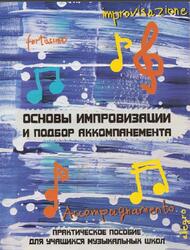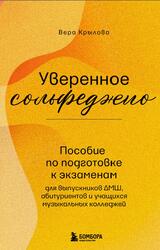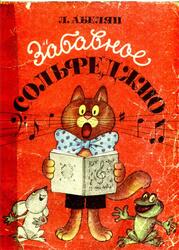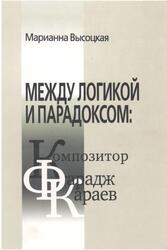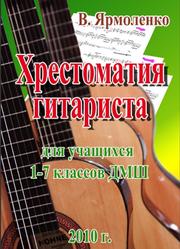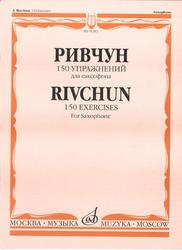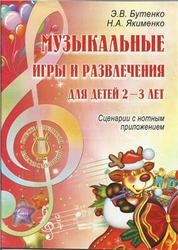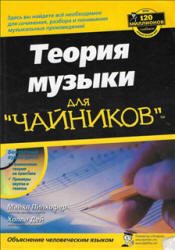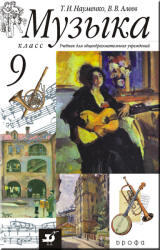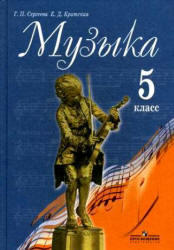Speech and audio signal processing, Processing and Perception of Speech and Music, Gold B., Morgan N., Ellis D., 2011.
Technology moves at a dizzying pace; however, progress can actually seem quite slow in any area that we are deeply involved in. Conference proceedings are filled with incremental advances over previous methods, and entirely novel (and successful) approaches to speech and audio processing are rare. But a lot can happen in a decade, and it has. In addition to quite new methods, there are also many ideas that had not really been refined enough to show progress in the 1990s, but which now are in common use. For instance, Maximum Mutual Information methods, which were developed for ASR many years ago and were briefly described in the previous edition of this book, was significantly refined in the last decade, and the newer versions of this approach are now widely used. Consequently, we devoted new sections of this revision to MMI (and related methods like MPE).

WHY WE WROTE THIS BOOK.
Speech and music are the most basic means of adult human communication. As technology advances and increasingly sophisticated tools become available to use with speech and music signals, scientists can study these sounds more effectively and invent new ways of applying them for the benefit of humankind. Such research has led to the development of speech and music synthesizers, speech transmission systems, and automatic speech recognition (ASR) systems. Hand in hand with this progress has come an enhanced understanding of how people produce and perceive speech and music. In fact, the processing of speech and music by devices and the perception of these sounds by humans are areas that inherently interact with and enhance each other.
Despite significant progress in this field, there is still much that is not well understood. Speech and music technology could be greatly improved. For instance, in the presence of unexpected acoustic variability, ASR systems often perform much worse than human listeners (still!). Speech that is synthesized from arbitrary text still sounds artificial. Speech-coding techniques remain far from optimal, and the goal of transparent transmission of speech and music with minimal bandwidth is still distant. All fields associated with the processing and perception of speech and music stand to benefit greatly from continued research efforts. Finally, the growing availability of computer applications incorporating audio (particularly over the Internet and in portable devices) has increased the need for an ever-wider group of engineers and computer scientists to understand audio signal processing. For all of these reasons, as well as our own need to standardize a text for our graduate course at UC Berkeley, we wrote this book; and for the reasons noted in the Preface, we have updated it for the current edition.
Купить книгу Speech and audio signal processing, Processing and Perception of Speech and Music, Gold B., Morgan N., Ellis D., 2011 .
Купить книгу Speech and audio signal processing, Processing and Perception of Speech and Music, Gold B., Morgan N., Ellis D., 2011 .
По кнопкам выше и ниже «Купить бумажную книгу» и по ссылке «Купить» можно купить эту книгу с доставкой по всей России и похожие книги по самой лучшей цене в бумажном виде на сайтах официальных интернет магазинов Лабиринт, Озон, Буквоед, Читай-город, Литрес, My-shop, Book24, Books.ru.
По кнопке «Купить и скачать электронную книгу» можно купить эту книгу в электронном виде в официальном интернет магазине «Литрес», если она у них есть в наличии, и потом ее скачать на их сайте.
По кнопке «Найти похожие материалы на других сайтах» можно найти похожие материалы на других сайтах.
On the buttons above and below you can buy the book in official online stores Labirint, Ozon and others. Also you can search related and similar materials on other sites.
Теги: учебник по музыке :: музыка :: Gold :: Morgan :: Ellis

